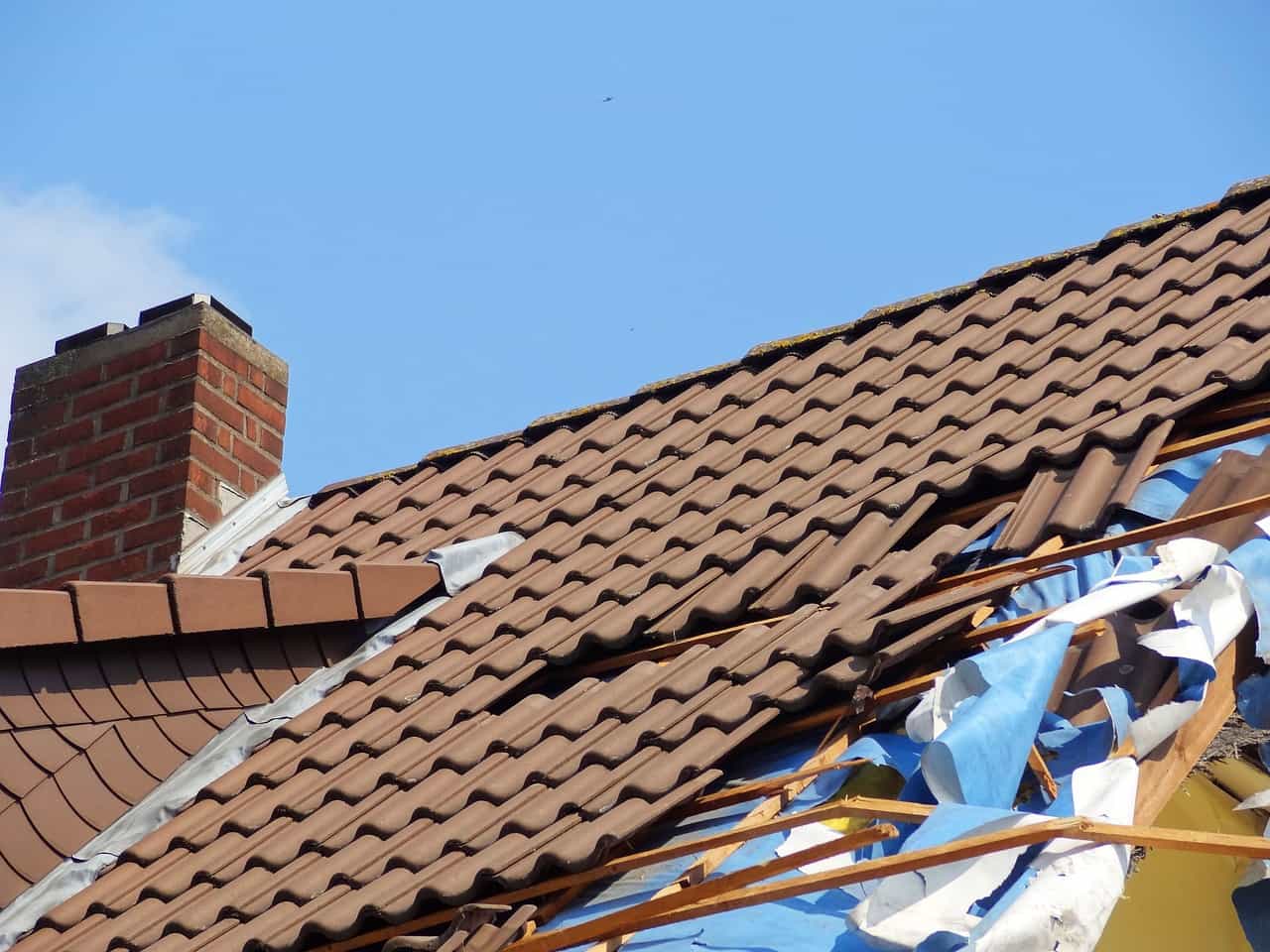Depending on your homeowner’s policy, the insurance company will send an adjuster to inspect your home and property. Ensure you’re prepared for the visit by sharing photographs, videos, and a detailed inventory with your insurer.
A public adjuster can also help ensure your claim is progressing. They can also help you navigate the claims process and negotiate a fair settlement.
Contents
Document the Damage
Documenting the damage caused by a storm is essential to a successful insurance claim. This can be done by taking photos of the damage, creating a written inventory of damaged or lost items, and getting professional assessments from reputable experts. It is also essential to keep accurate communication records with your insurance company.
Once you have documented the damage, contact your insurer to file a claim. They will provide you with a list of forms to fill out and will typically send an adjuster to your home to assess the damage.
If you have any concerns that your insurance adjuster needs to assess the damage accurately, hiring an independent inspector to review the claim may be helpful. This can ensure you receive the compensation you deserve for your damages.
When facing the aftermath of severe weather events, such as storms, homeowners often rely on storm damage insurance claims to mitigate financial burdens and facilitate the necessary repairs to restore their properties to pre-damage conditions.
Notify Your Insurance Company
Documentation is critical, but remember to notify your insurance company immediately about the damage caused by the storm. This will facilitate the process and enable an adjuster to visit your house sooner to conduct an inspection and start the evaluation.
It is important to note that some insurers have time limits for reporting damage, so you may be denied coverage if this needs to be done promptly. The Law Firm recommends speaking with your insurance agent to ensure you understand their policies and procedures.
During the appointment with your insurer’s adjuster, you should be prepared to point out damaged items and answer questions about them. Be sure to save receipts for any items you need to purchase for temporary repairs. This will help you avoid being ripped off by unscrupulous contractors seeking to profit from the chaos caused by a natural disaster.
Take Immediate Action to Mitigate Further Damage
Once everyone is safe, it’s time to document the damage with pictures and video. This can be an emotional process, but it’s necessary for filing a successful storm damage insurance claim.
Natural disasters can wreak havoc on homes, leading homeowners to seek financial relief through insurance. For instance, hurricane damage insurance claims provide vital support in covering the costs of repairs and rebuilding efforts after the devastating impact of a hurricane.
If it’s safe, you should make temporary repairs to protect your property from further damage the insurer must pay for. This could include boarding up broken windows, placing plastic tarps on holes in your roof, and pulling wet carpeting and furniture from your home. Keep receipts for these expenses, and be prepared to show them to your adjuster.
It’s also good to list your damaged possessions and have your homeowner’s policy documentation handy. This will help speed up the process of submitting your claim.
Obtain Repair Estimates
Unless there’s an emergency, don’t make permanent repairs until your insurance company has inspected and approved them. If you do, your claim may be rejected.
Insurers typically dispatch a house adjuster to assess damage and provide an estimate of repair costs. You’ll want to supply him with a detailed home inventory and copies of any receipts.
Before your adjuster visits, get quotes from reputable contractors for the necessary repair work. Your insurance company won’t tell you what to use, so research first. Having three quotes in hand will give you leverage if your adjuster undervalues the project. Then you can negotiate with him. If your adjuster won’t budge, consider filing a supplemental claim. That could help you secure enough funds to cover the total cost of restoring your property.
Negotiate
Ultimately, it is up to the insurance company to determine a settlement amount. After evaluating the losses and damages, the claims adjuster will select a reasonable offer.
The adjuster will most likely send a demand letter to you. The initial offer may seem unreasonably low, a common negotiating tactic. You should review the demand with your attorney and set a minimum settlement figure that you will not agree to go below.
In addition, you should have a number in mind that fully reflects your losses and damages. This will assist you in avoiding being persuaded to accept an offer that does not satisfy your requirements. If a compromise cannot be reached, consider seeking professional assistance from an experienced public adjuster. They can serve as your advocate and help you navigate the insurance process successfully.
Good luck, Habibi!
Come to the website and explore some mind-blowing content.
- Why Every Fashionista Needs a pork pie hat in Their Wardrobe

- Ultimate Guide to Shopping for parachute pants: Where to Buy, What to Look For

- Exploring the Delicate Flavors of tagliolini Pasta: A Culinary Journey

- Uncovering the Truth Behind blog del narco: A Deep Dive into Mexico’s Drug War

- Exploring the History and Tradition of cempasuchil in Day of the Dead Celebrations

- The Ultimate Guide to boquerones: How to Prepare and Enjoy these Spanish Delicacies






